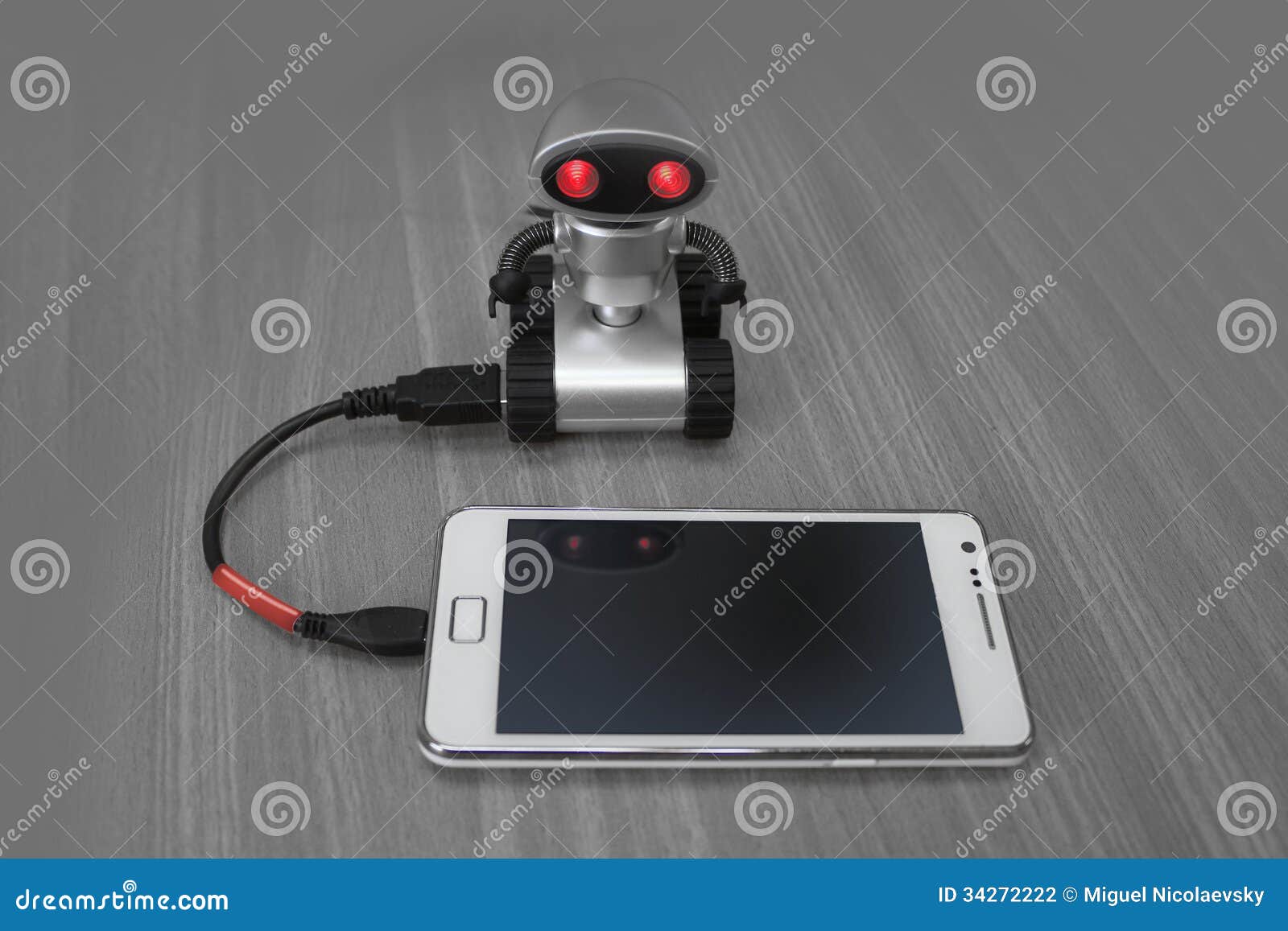

Minimum and Maximum Joint Positions (Optional) This prevents the Robot Control numbers incrementing or decrementing above or below a number where the robot joint does not move. Make small adjustments to the Shoulder and Elbow offsets to ensure that the part will be gripped properly.
Now try moving two steps forward and back. Repeat the process until the robot moves. If the robot does not move, increase the backlash compensation number. Alternately operate the two Robot Control Base keys to move the joint. Use the Robot Controls to move the robot to B45 S100 E45 J45.These errors are due to mechanical backlash in the joints. Enter the Robot ID (IJxxxx found on the robot).īacklash This removes most of the errors in movement when the robot changes direction.Once the robot is detected, select 'Set-up Robot' from the robot menu.

Select 'Control Hardware' from the Robot menu.
#Robotek on pc software#
Run the Robot Control software in calibration mode by running: "C:\Program Files\LJ Create\Robotics and Automation\RobotCon.exe" setup.
#Robotek on pc how to#
Refer to the documentation supplied with your PC for information on how to make the changes.Ĭustomers using the LJ USB adaptor do not need to perform this step. This is configured using the PCs CMOS set up program. Some manufacturers may refer to this as SPP mode, others as AT mode. For a direct connection from the RoboTEK Robot to the parallel port on a PC, the PC must be set to a uni-directional mode. When the Robot Control software is run again it will revert back to stored settings. Note, the student can access the calibration controls, but they will only be able to make changes for the current session. The robot can be re-calibrated by re-running the software in calibration mode. To calibrate the robot, the control software has to be run in calibration mode to store the settings on the computer.


 0 kommentar(er)
0 kommentar(er)
